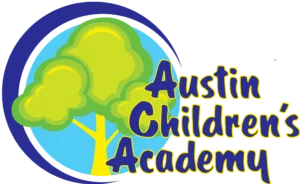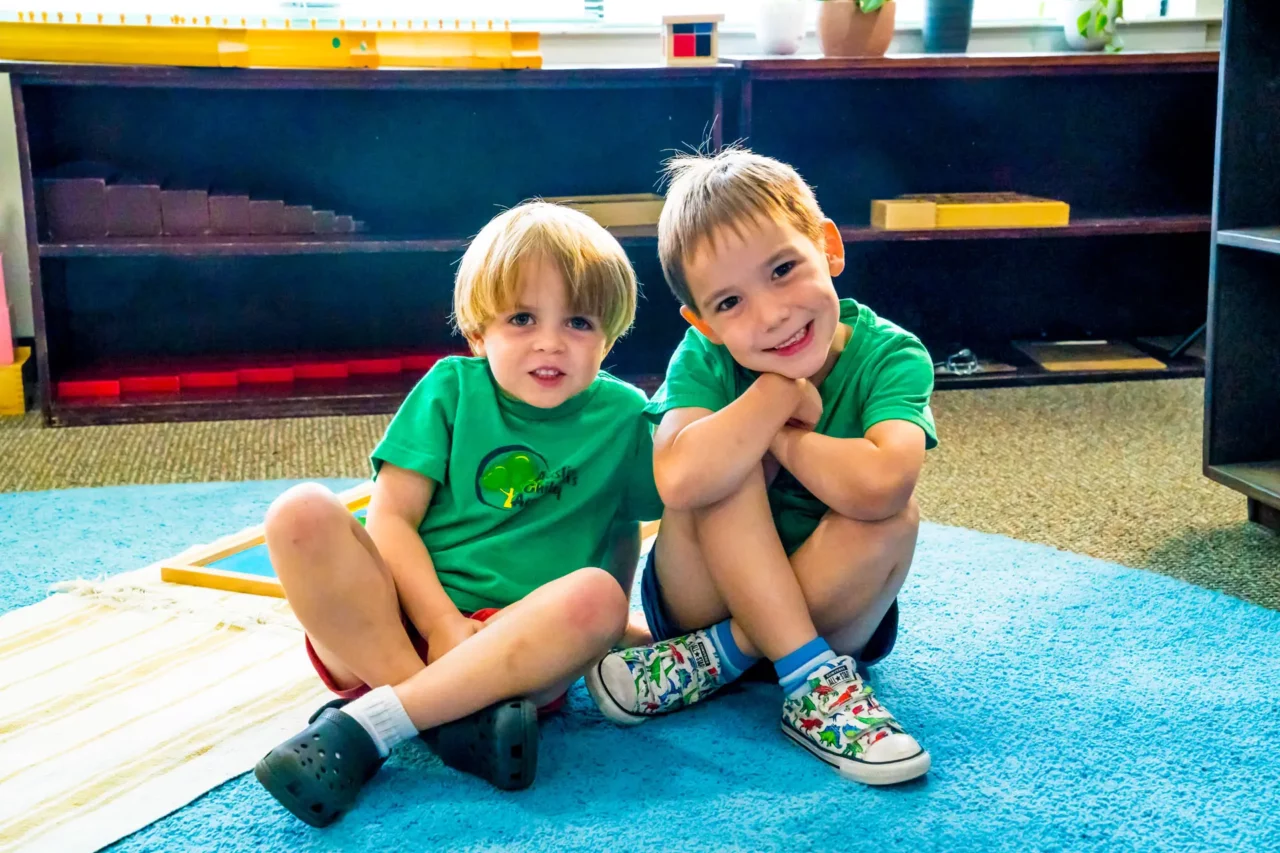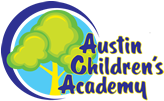
Many people flock to Austin Children’s Academy because of our renowned Montessori program that inspires students and encourages them to be lifelong learners. The education we offer is very different from what’s provided at a traditional school, and if you are unfamiliar with the Montessori method of teaching and what it entails, our method of operation might seem strange.
It’s the furthest thing from strange, though, and we put together this article in order to briefly introduce you to the history of Montessori education and explain how it’s evolved over the years into what can be seen in our classrooms today.
The Montessori method was coined in 1907 by an Italian doctor named Maria Montessori. She believed in a child-centered education model, and her philosophy surrounding classrooms that focus on the child changed the face of education forever.
What Is Montessori Education?
In a Montessori classroom, children are inspired to lead their own learning journey. While teachers are there to guide and provide help when it’s needed, they also encourage students to choose their own tasks and make their own decisions regarding challenges.
Children who learn within a Montessori classroom grow to value cooperation. They self-regulate and stay within the framework of what’s expected, and they understand how their actions affect others. With their natural curiosity nurtured, students are free to be creative and push themselves to excel at a pace that makes sense for them.
The History
1907: Montessori Education Was Founded
Maria Montessori, Italy’s first female doctor, opened Casa dei Bambini (Children’s House) in 1907. This school was meant for the low-income children of Rome, and it’s where Dr. Montessori put her child-centered teaching methods to work.
At Casa dei Bambini, children were educated based on their developmental stage—not necessarily their age. Dr. Montessori encouraged the children to make decisions regarding what they wanted to learn, and she worked with them individually to create a personalized education for each child that focused on their strengths.
In 1909, Dr. Montessori wrote The Montessori Education, where she described this process. It caught the attention of educators everywhere, and over the next twenty years, Montessori schools began to pop up around the world.
In 1929, Dr. Montessori founded the Association Montessori Internationale to educate teachers about the Montessori method, since so many schools were being founded. To this day, Dr. Montessori is known as one of the greatest pioneers of education in the twentieth century.
The Early 1900s: Montessori in America
By the end of 1913, there were over one hundred Montessori schools in the United States. Dr. Montessori was a highly sought-after speaker in America because of the impression her education style had made.
But not everyone loved her method. In 1914, William Heard Kilpatrick published a book called The Montessori System Examined, which criticized Dr. Montessori and her focus on individualism. He called the Montessori method “outdated,” and since he was quite an influential educator, the Montessori method fell out of favor in the United States. By the end of 1920, there were virtually no Montessori schools left in the nation.
1958: Montessori Comes Back
Forty years after Montessori became nearly obsolete in America, it was brought back by parents who were passionate about their children receiving a quality education.
Dr. Nancy McCormick Rambusch reignited the Montessori method in the United States, using this education style to teach small groups of children in New York City. She caught the interest of a group of parents who were interested in the method and wanted to found a private school centered around it.
The school was called the Whitby School and opened on September 29, 1958. As more parents learned about this unique education style, they wanted their children involved. As more children were enrolled, the school grew, and the first Whitby Campus was established in 1960. From there, the interest in Montessori in the United States was relit.
Montessori Today
Since 1958, the number of Montessori schools in the United States has been steadily increasing. Parents and educators alike value how this method builds confidence in children and instills a love of learning within them.
This style of education has a long history with proven success. A few Montessori graduates include Julia Child, Jeff Bezos, Helen Hunt, Larry Page, and Sergey Brin.
The Montessori method is centered on the child and focuses on their unique development, ensuring that each child’s journey is personalized uniquely to them.
The Austin Children’s Academy
Our schools continue to teach according to the principles of Dr. Montessori, placing focus on the creativity, independence, and individuality of a child. Our students forge their own paths, and our outstanding teachers are there to guide them along the way.
If you’re considering Montessori education and would like to learn more about our program, contact us today.





